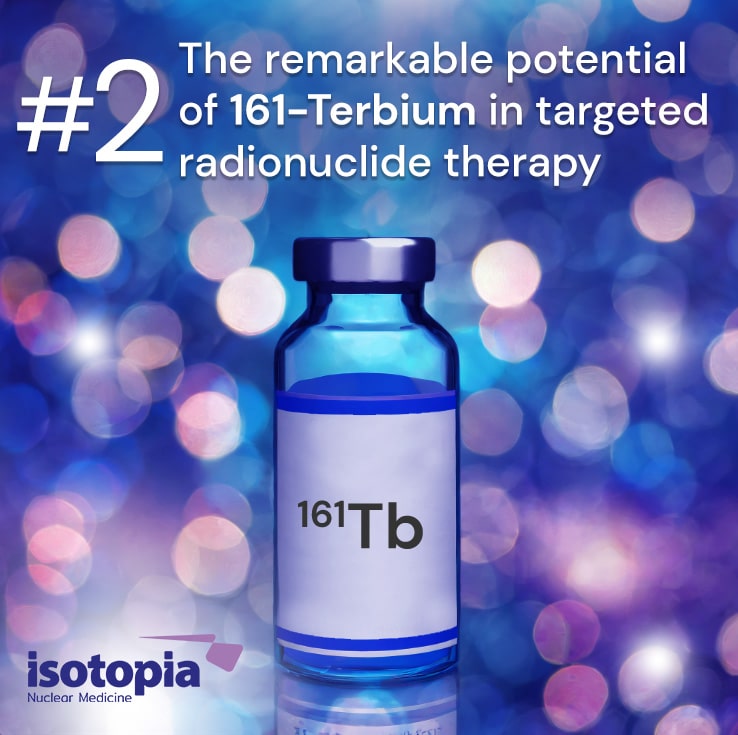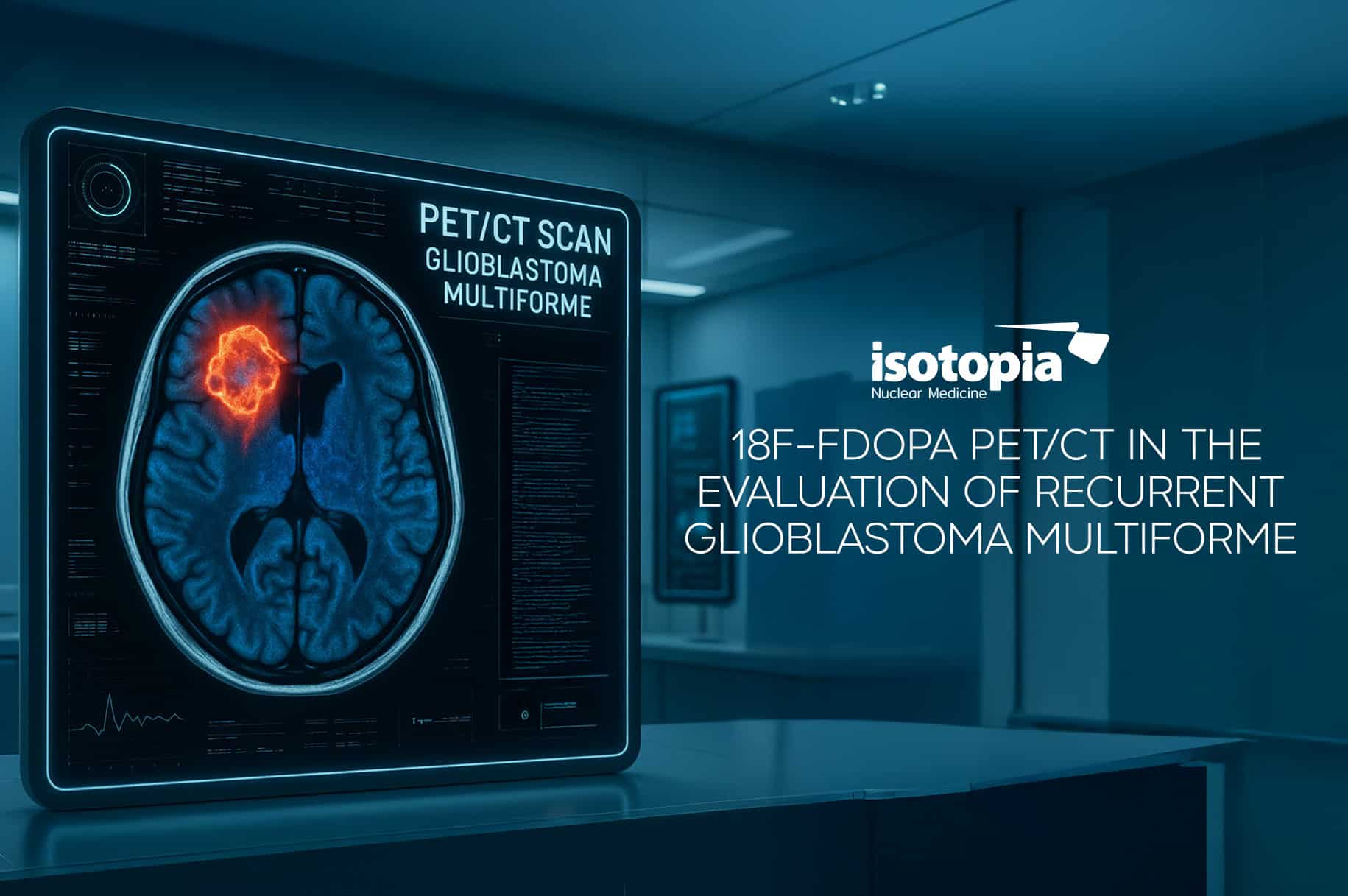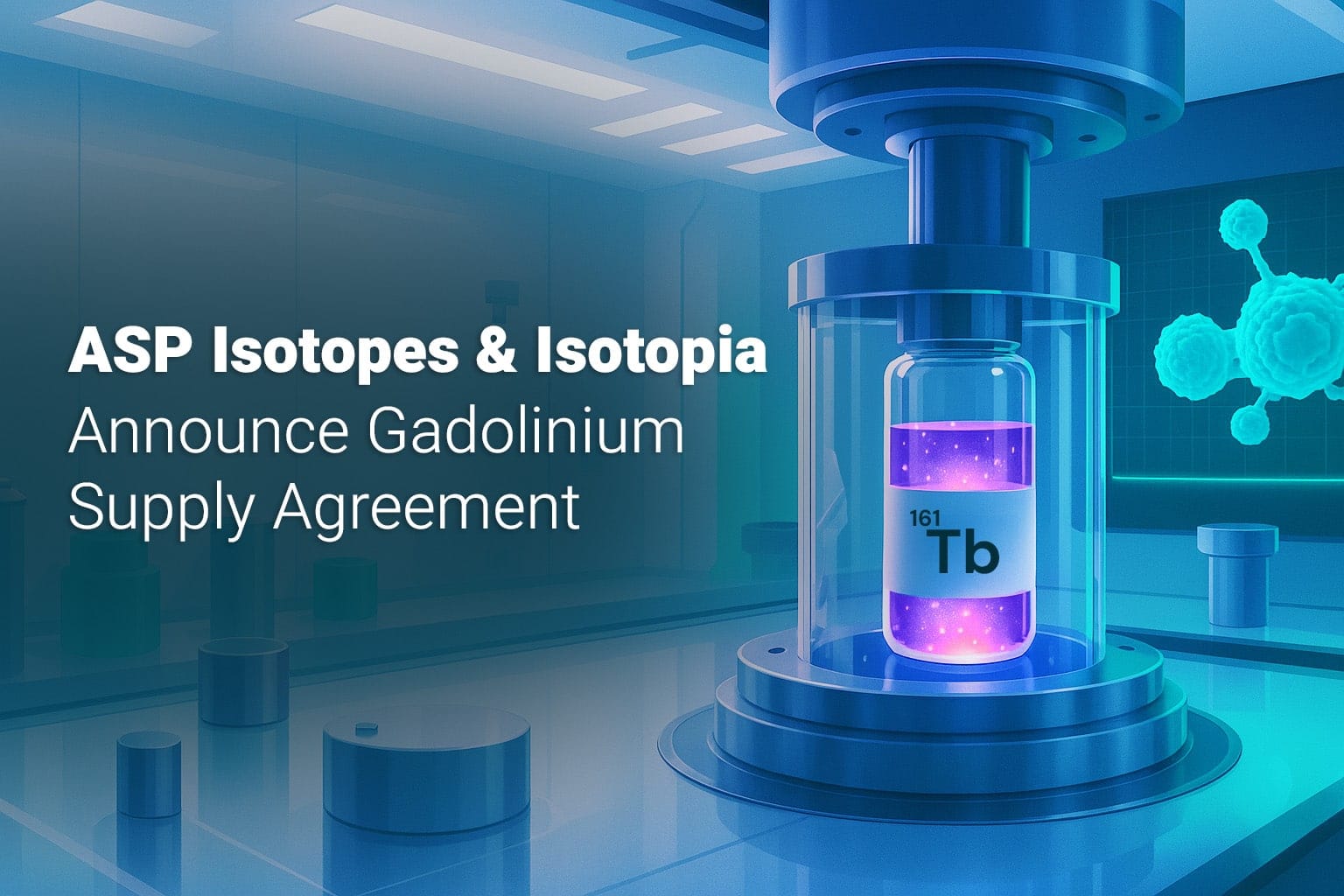Abstract:
Terbium-161 is a promising candidate for clinical translation because it emits short-ranged conversion and Auger electrons in addition to β¯-particles and γ-radiation, which may effectively eliminate microscopic metastases that are not even visible on a PET image but are responsible for relapse and metastatic spread [1].
Dosimetric evaluation of the therapeutic efficiency of 161Tb and 177Lu was performed by calculating the ratio of the absorbed dose to tumors and normal tissue for each radionuclide as a function of tumor size. The results of this evaluation showed that 161Tb provides higher-energy transfer in small volumes compared to 177 Lu, due to the high component of conversion and Auger electrons. This suggests that 161Tb-labeled compounds may have higher antitumor efficiency, especially for the treatment of small tumor cell clusters or even in the targeting of single cells [2].
In-vitro studies have also revealed that Terbium-161 is more effective than Lutetium-177 in reducing the viability and survival of tumor cells [1].
The challenges in the use of terbium radioisotopes
The main challenge for in-vivo use of terbium radioisotopes is to produce them in sufficient quantities [3]. Neither light-charged particles nor heavy ion activation is suitable for large-scale production of neutron-deficient terbium nuclides. Three technological factors: (i) enrichment of stable isotopes to a sufficient level, (ii) non-availability of higher energies in commercial cyclotrons, and (iii) non-availability of the isotope separation technique coupled with commercial accelerators, limit the large-scale production of terbium radionuclides by light-charged particle activation. If, in the future, the technology was to overcome these hurdles, then the light-charged particle activation of enriched targets would produce a large amount of useful terbium radionuclides. On the other hand, to date, the spallation reaction, coupled with an online isotope separator, has been found suitable for such a requirement, which has been adopted by the CERN MEDICIS program [3].
In practice, 161Tb can be produced by neutron irradiation of highly enriched 160Gd targets. The radionuclide obtained after radiochemical processing exhibits very highly specific activity and chemical purity [3]. The specific activity achievable is affected by the presence of stable isotopes, such as 158Gd, which decreases the specific activity of 161Tb that is technically achievable [3]. As for its chemical properties, the physical and chemical characteristics of 161Tb can be useful in improving the therapeutic efficiency of applications in the context of existing radiolabeling chemistry and targeting strategies, for the development of new metallo-radio-pharmaceuticals. It is important to note that following the beta decay of 161Tb, a significant number of conversion and Auger electrons are emitted, which contribute 27% of the beta energy but provide much higher local dose density due to their shorter range in tissue (0.5–30 μm). This means that the therapeutic efficiency of 161Tb provides two to three times higher-energy transfer in small volumes (10–100 μm) Compared to 177Lu, due to the key components of conversion and Auger electrons.
References:
- Cristina Müller, Nicholas P. van der Meulen, Roger Schibli. Opportunities and potential challenges of using terbium‑161 for targeted radionuclide therapy in clinics. European Journal of Nuclear Medicine and Molecular Imaging. https://doi.org/10.1007/s00259-023-06316-y. EDITORIAL
- Lehenberger et al. The low-energy β− and electron emitter 161 Tb as an alternative to
177 Lu for targeted radionuclide therapy. Nuclear Medicine and Biology 38 (2011) 917–924. doi:10.1016/j.nucmedbio.2011.02.007 - Naskar N and Lahiri S (2021). Theranostic Terbium Radioisotopes: Challenges in Production for Clinical Application. Med. 8:675014. doi:10.3389/fmed.2021.675014.

Haim Golan
MD MSc
Chief Medical Officer
Isotopia Molecular Imaging LTD






